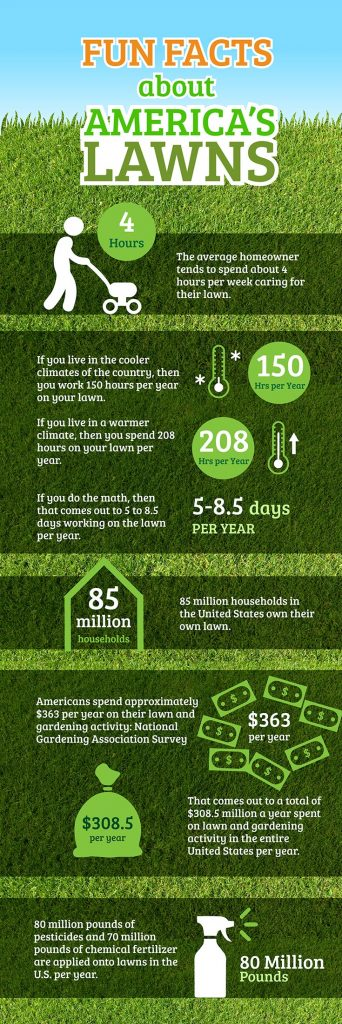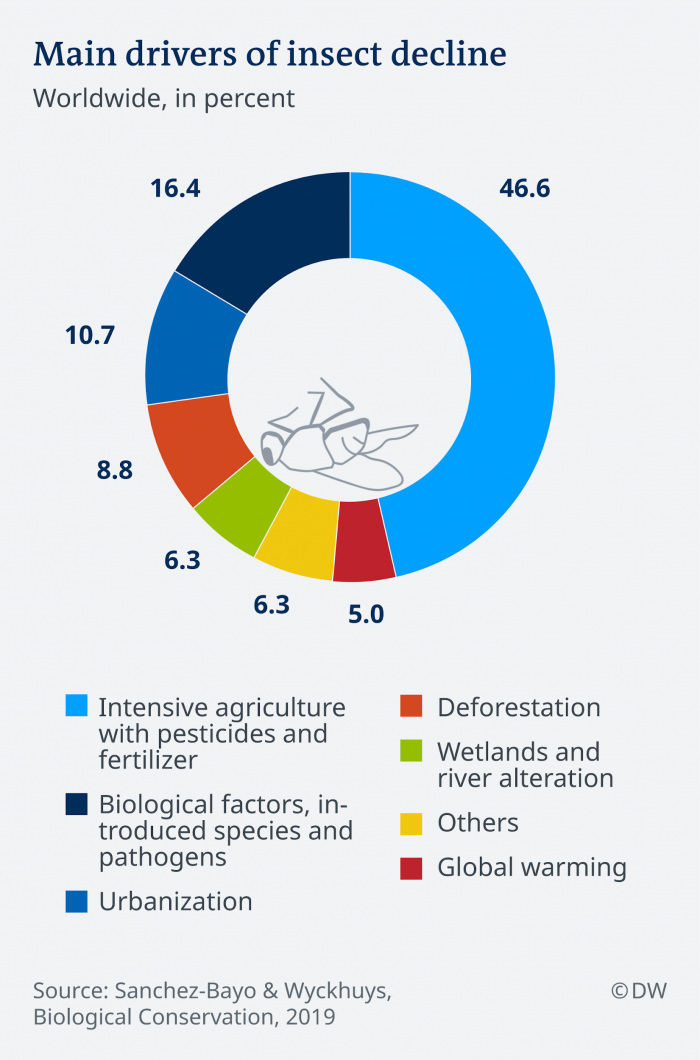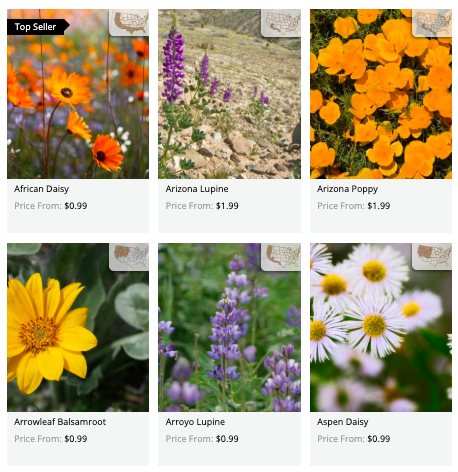When it comes to lawn care, there are a dozen things that could go wrong, like drought, pests, flooding, excess sunlight—or just plain stubbornness.
If this sounds like the experience you have with your own lawn, then you’re not alone: Thousands of Americans struggle with keeping up with their yards, collectively spending over $308 billion each year on general care.
But there is good news: While many lawns require constant care or can die out from underlying causes, one of the best things to consider as an alternative is a meadow lawn blend. Although they require some work at first, meadow grass is an excellent option for those looking for a low-cost and low-maintenance yard.
What Is a Meadow Lawn Blend?
When you think of a meadow, you might think of several things, like colorful flowers, tall grasses, and plenty of wildlife. Meadow lawn blends intend to recreate exactly that—right in your backyard.
Some flowers and grasses that might grow in your meadow lawn blend include:
- Poppy
- Daisy
- Snapdragon
- Lupine
- Madia
- Sunflower
- Primrose
- Clover
A meadow lawn blend is a constructed medley of seeds made up of flowers, plants, grasses, and clovers, which are vital in any given meadow. But aside from being a beautiful sight, there are numerous other benefits to having a meadow blend in your backyard.
Benefit #1: Attracts Wildlife
Did you know that 40% of insect species are currently in decline? Experts theorize that the main reason is due to intensive agriculture practices—so, the least we could do is try to reintroduce safe, plentiful environments by planting meadow lawns.
Some animals and insects that will benefit from meadow lawn blends include:
- Butterflies
- Bees
- Songbirds
- Moths
Many of these species are crucial to everyday life and surrounding biodomes. By growing wildflowers, clovers, and grasses, you’re helping your local wildlife by enhancing pollination and soil biodiversity.
Benefit #2: Environmentally-Friendly
Meadow grass blends are naturally-occurring in wildlife, so there’s no question as to why they’re so beneficial to the surrounding environment. But these mini-ecosystems go beyond supplementing the soil and attracting local wildlife: They are great crop covers that also help prevent erosion and runoff.
Benefit #3: They’re Less Work
Most meadow blends require little water, close to no maintenance, and are great for those who want to stop spending time and money on the upkeep that comes with a regular turfgrass lawn.
“Lawn is the cheapest thing to plant but it becomes the most expensive thing in the garden to maintain,” says John Greenlee, an alternative grass researcher. “So once you’ve planted a meadow, you’ll get your money back—usually within the first year—from reduced maintenance, reduced water, fertilizer, and all of those other things that a lawn requires.”
So, if you dream of days that are not spent mowing and fertilizing your grass, then a meadow blend might be right for you.
Can You Use a Meadow Lawn Blend for Your Yard?
The short answer? Yes, you can use a meadow lawn blend for your yard.
But it won’t happen overnight. First, you’ll start by choosing the right seed mix, preparing the area, and planting correctly—and before you know it, you’ll have a colorful blend of meadowy wildflowers, clovers, and grasses. Check out these essential steps on turning your yard into a meadow.
Step #1: Choose a Seed Blend
Selecting the right seed blend may be the first step, but it’s also the most crucial one. Although wildflowers and clovers grow by the acre quickly and naturally, specific mixtures will only survive in certain parts of the country.
For example, if you live in the subtropics, then you want a mix that thrives in humidity. On the other hand, if you live in the northeast, you’ll want a mix that has winter hardiness for those colder months. Luckily, it’s easy to find the right combination for your region.
Step #2: Prepare the Area
The key to planting a meadow is to start fresh, which means you have to remove all existing vegetation. Depending on the area you’re sowing, this may require a few days of work. You can remove your existing lawn in one of two ways:
- Strip the sod by hand or machine, or
- Apply an herbicide to kill the grass and plants
It’s essential to remove these plants so that there is no competition for your blossoming wildflowers. You’ll then prepare the area for sowing by raking the dirt area flat with a rake.
Step #3: Sow the Seed
Mother Nature might plant seeds sporadically, but it doesn’t work the same when you do it. That’s because the wilderness has millions of seeds at its disposal while you only have a bag or two of seed blend.
Although your seed provider will give you all the information you need to plant your seeds, here are some tips to keep in mind:
- Many wildflower seeds require light to germinate, so don’t rake over the seeds you sow
- Try to plant on a windless day so that the seeds don’t blow away unexpectedly
- Gently water over the seed if there is no water in the upcoming forecast
It will depend on the season you plant and the variety you select, but you can expect germination to take a few weeks. Then, all you have to do is watch it grow into an expansive meadow right in your backyard!
Conclusion
Proven to be a less expensive and environmentally-friendly alternative to regular grass, meadow blends are gorgeous and beneficial for any yard, especially because they help:
- Increase the population of pollinating insects and local wildlife
- Prevent soil erosion and runoff by acting as an excellent cover crop
- Those who crave less yardwork than turfgrass requires
Although the results are positively beautiful, turning your existing yard into a meadow is not an easy task. Instead of doing all the research yourself, just call the professionals at Granite Seed. With more than 30 years of experience in seeding and beautifying landscapes in all types of regions, Granite Seed can help turn your turfgrass lawn into a beautiful meadow. Contact Granite Seed today!


